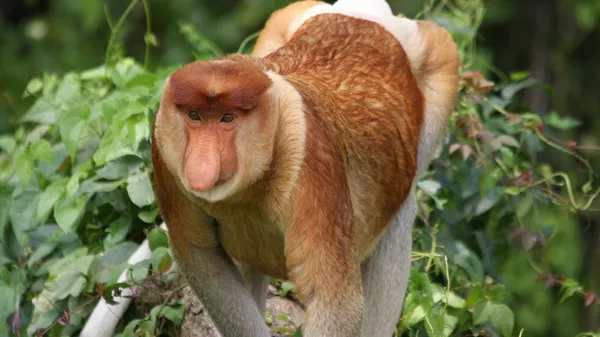The animal kingdom is filled with a vast array of fascinating and beautiful creatures, each adapted to thrive in its unique environment. However, among the stunning and majestic species, there are also some that are considered less conventionally attractive. From bizarre features to unconventional appearances, these animals stand out for their unique and, in some cases, downright bizarre looks. In this article, we will explore 15 of the ugliest animals in the world, shedding light on their distinctive characteristics and the fascinating adaptations that have shaped their appearance.
14 Ugliest Animals in The World
1. Blobfish (Psychrolutes marcidus):
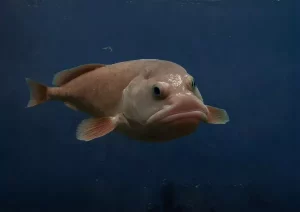
The blobfish, native to the deep waters off the coast of Australia and New Zealand, is often regarded as one of the ugliest creatures on Earth. Its gelatinous, bulbous body lacks muscles, allowing it to float effortlessly in the water. While its appearance out of the water may seem grotesque, it is perfectly adapted to its deep-sea habitat, where the pressure is several times higher than at the surface.
2. Naked Mole Rat (Heterocephalus glaber):

With its wrinkled, hairless skin and prominent teeth, the naked mole rat is not winning any beauty contests. Found in underground burrows in East Africa, this unusual rodent is well-adapted to its subterranean lifestyle, with large incisors for digging and a remarkable ability to tolerate low oxygen levels.
3. Aye-Aye (Daubentonia madagascariensis):
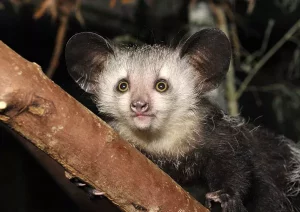
The aye-aye, a species of lemur native to Madagascar, has a distinctive appearance characterized by its large eyes, bat-like ears, and elongated middle finger. Despite its somewhat spooky appearance, the aye-aye plays a vital role in its ecosystem as a nocturnal insectivore, using its specialized finger to extract grubs from tree bark.
4. Axolotl (Ambystoma mexicanum):
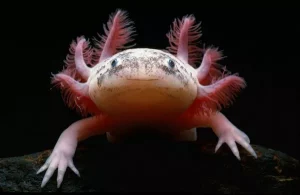
Native to Mexico, the axolotl is a type of salamander known for its unusual appearance and remarkable regenerative abilities. With its frilly external gills, wide mouth, and permanently smiling expression, the axolotl has a somewhat otherworldly appearance that has captivated scientists and enthusiasts alike.
5. Warthog (Phacochoerus africanus):
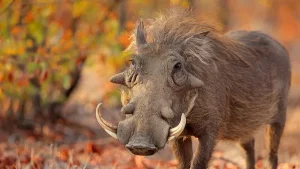
With its large, warty protrusions, bristly mane, and elongated facial features, the warthog is not your typical cute and cuddly animal. Found in savannas and woodlands across sub-Saharan Africa, these rugged ungulates are well-adapted to their harsh environment, using their tusks for digging and defense.
6. Hagfish (Myxini):
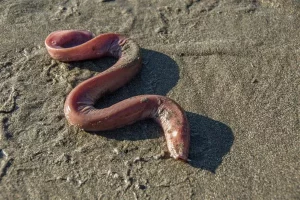
The hagfish, also known as the slime eel, is a jawless marine creature with a reputation for its slimy, eel-like appearance and unusual feeding habits. Found in deep ocean waters around the world, hagfish are scavengers, feeding on the carcasses of dead and dying animals by burrowing into their flesh with their tooth-lined mouths.
7. Star-Nosed Mole (Condylura cristata):
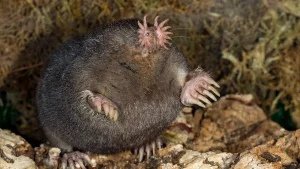
The star-nosed mole, native to eastern North America, is easily recognizable by its distinctive nasal appendage, which resembles a star-shaped fleshy growth. Despite its unusual appearance, the star-nosed mole is a highly efficient predator, using its sensitive nose to detect prey and navigate its subterranean habitat.
8. Proboscis Monkey (Nasalis larvatus):
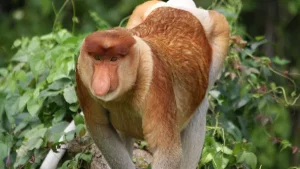
The proboscis monkey, native to the island of Borneo, is renowned for its large, pendulous nose, which can reach lengths of up to seven inches in adult males. While its appearance may be unconventional, the proboscis monkey plays a crucial role in its ecosystem as a seed disperser and folivore, feeding on leaves and fruits.
9. Monkfish (Lophius piscatorius):
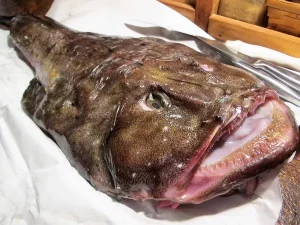
The monkfish, also known as the anglerfish, is a deep-sea predator known for its grotesque appearance and unique hunting strategy. With its large mouth, sharp teeth, and fishing rod-like lure protruding from its head, the monkfish is a formidable ambush predator, using its disguise to attract unsuspecting prey.
10. Giant Isopod (Bathynomus giganteus):
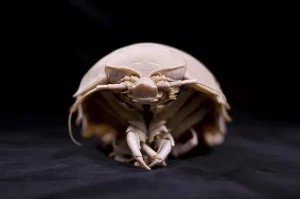
The giant isopod, a type of crustacean found in deep ocean waters around the world, is characterized by its flattened body, segmented exoskeleton, and multiple legs. While its appearance may be unsettling to some, the giant isopod is perfectly adapted to its cold, dark environment, scavenging on the remains of dead marine organisms.
11. Shoebill (Balaeniceps rex):

The shoebill, native to wetlands in central and eastern Africa, is known for its large, bulbous bill, which resembles a Dutch clog. Despite its somewhat comical appearance, the shoebill is a formidable predator, using its powerful bill to capture and consume a variety of aquatic prey, including fish, amphibians, and even small mammals.
12. Sphynx Cat:
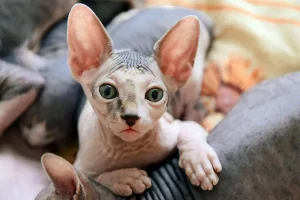
The Sphynx cat, known for its hairless appearance and wrinkled skin, is often described as one of the ugliest cat breeds. While its lack of fur may be off-putting to some, Sphynx cats are beloved for their affectionate and playful personalities, making them popular pets for cat lovers around the world.
13. Saiga Antelope (Saiga tatarica):
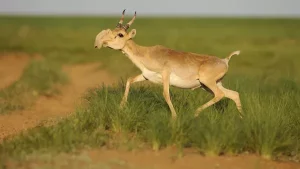
The saiga antelope, native to the Eurasian steppe, is known for its distinctive bulbous nose, which hangs down over its mouth. While its appearance may seem peculiar, the saiga antelope is well-adapted to its arid habitat, using its specialized nose to filter dust from the air and regulate its body temperature.
14. Dumbo Octopus (Grimpoteuthis spp.):
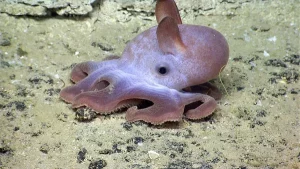
The dumbo octopus, named for its large, ear-like fins that resemble the iconic Disney character, is a deep-sea cephalopod found at depths of up to 13,000 feet. While its appearance may be endearing to some, the dumbo octopus is a formidable predator, using its tentacles to capture prey and navigate its dark, deep-sea environment.
See Also: 6 Species Of Tigers That Exist In The World Today
A Quick Review
While beauty is often in the eye of the beholder, there is no denying that the animals on this list possess some of the most unconventional and unique appearances in the animal kingdom. From the depths of the ocean to the forests of Africa, these creatures have evolved remarkable adaptations to survive and thrive in their respective environments. While they may not be conventionally attractive, they serve as a reminder of the incredible diversity of life on Earth and the endless wonders of the natural world.
You Might Be Interested In:

